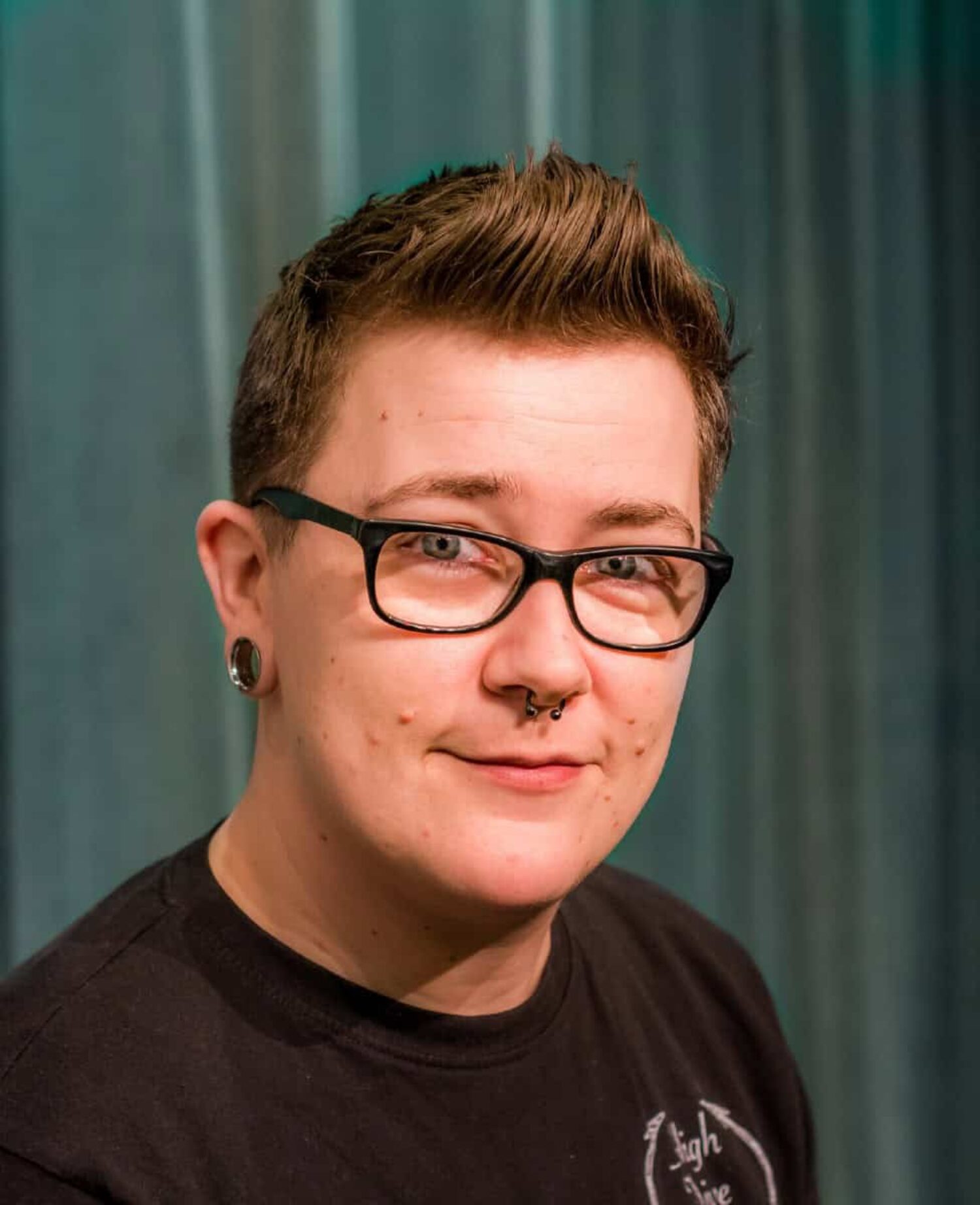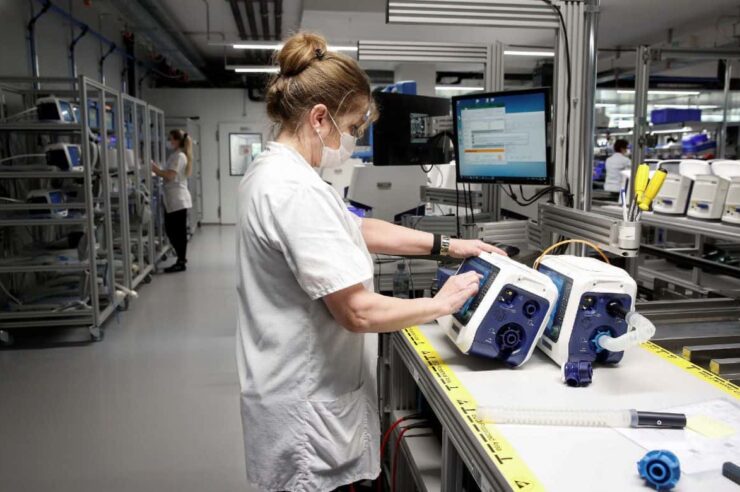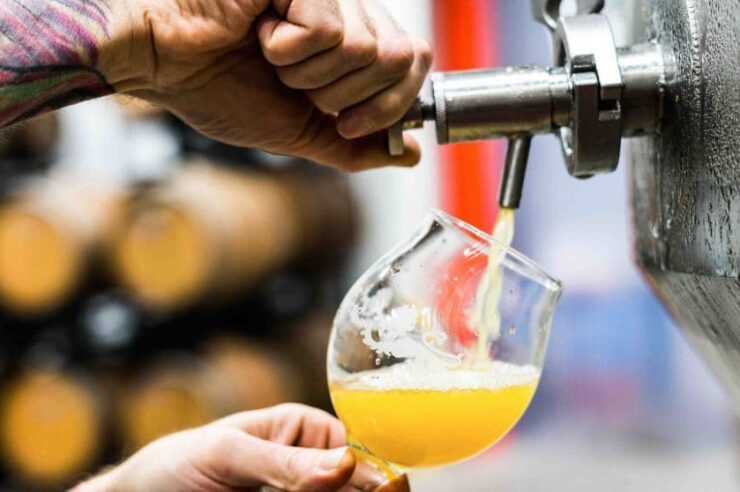Community radio stations are bringing local people valuable information, entertainment and a sense of togetherness during the pandemic
“It’s lovely knowing that there’s somebody down the road listening to the same thing as you. It brings back a sense of community in isolation,” says Gemma Mitchell, a 34-year-old mother of two, who lives in Herefordshire.
She’s talking about Bromyard FM, a local radio station that began broadcasting online in late March, run by two mobile DJs, Richie Palmer and Nikki Ivison.
“It feels like it’s co-run by the listeners. Being able to suggest songs, you feel part of it rather than listening on the periphery,” says Mitchell.
Bromyard FM is one of a number of hyper-local radio stations that have begun broadcasting, often online, since the pandemic hit the UK, delivering a combination of uplifting music and entertainment, along with public health information.
“I was tired of the endless cycle of bad news so I tried to broadcast online using my gig software,” Palmer says of setting up the station. “Lots of listeners started tuning in through Facebook. The following morning, I contacted Nikki and we formed Bromyard FM.”

Nikki Ivison
The hosts are feeling the benefits of their venture. “I have been able to throw myself into something that I love,” says Palmer. “It’s also made me very happy to know that we are entertaining listeners and providing useful shows such as the Virtual School Disco and Kids’ Story Time. From Nikki’s perspective, she has suffered from depression so this has lifted her spirits as well.”
Like Mitchell, Liz Scott, a special educational needs (SEN) caseworker in her late 50s, has also become a regular listener. She lives alone and has been recovering from a hip replacement operation. Bromyard FM has kept her spirits up, bringing a tight community even closer together. “We are quite an isolated town with less than 5,000 residents and only one high school. We all have something in common,” says Scott.
“It’s easy to feel quite anonymous listening to BBC Midlands, which covers a huge area. And because requests are coming from people of all ages, I am listening to stuff I haven’t heard before. I rarely get bored compared to [when I’m listening to] Radio 2 where they tend to play the same thing over and over.”
Dr Amanda Krause, a lecturer in psychology at James Cook University, has researched the impact of radio on the wellbeing of the elderly. “Community radio creates communities,” she says. “Talk radio invites conversations – so you feel connected and involved even if you are apart. There’s also something about the human voice. People develop bonds with hosts and this is a huge factor driving continued listening.”
According to the Community Radio Association (CMA), there are more than 300 community-run stations operating in the UK. Many of them transmit through the internet. East Leeds FM, however, wanted to also cater for local people who aren’t online. So they applied to Ofcom for a new temporary short-term restricted service licence (SRSL), designed for stations that will support underserved communities during the pandemic. In April, they began broadcasting on FM analogue radio.
“We reach people who aren’t getting important messages about anything from bin collections to befriending schemes,” says host Jimmy Andrex. “For example, we update listeners on what’s available in local supermarkets. BBC Radio Leeds doesn’t do that.”
While community stations can offer valuable information on local services, by broadcasting online they can also find audiences further afield. “Internet broadcasting has a much wider reach,” says Chris Cook, a retired risk analyst who set up Potters Bar FM in Hertfordshire in early April.
“Someone in Potters Bar can make a request for someone else 500 miles away and vice versa. In fact, there’s no need to even have a local connection. All are welcome.”
Cook describes his team as amateurs with a professional attitude, active members of the community evolving into hosts. With the support of the Caretech Foundation, he has developed a schedule with several shows, including rock and classical music – each run remotely from a different home. There are also plans to launch a second station to cater for more niche interests such as jazz and spoken word.
Post-lockdown, he anticipates making programmes about local businesses and organisations, as well as sports commentary and events coverage with the help of volunteers.
In order to survive long-term, these stations need funding. The Community Media Association warns that up to a third of stations could close due to the pandemic. Ofcom has offered support via the 2020/21 Community Radio Fund to the tune of £400,000, but many say that’s not sufficient.
“Each licensed station should receive an ex-gratia payment of £20,000 to help mitigate financial hardship during and beyond Covid-19,” argues Leona Fensome, operations and volunteer manager at Verulam FM in St Albans.
“To make this sector more sustainable, we need a mixed economy – government funding, grants, advertiser revenue, sponsorship and local community partnerships. This will allow us to work with more people, training and certifying them to boost their employability. We’ll then have a better chance of meeting other important goals including social inclusion and widening media representation.”
Main image: Potters Bar FM
Second image: Bromyard FM





